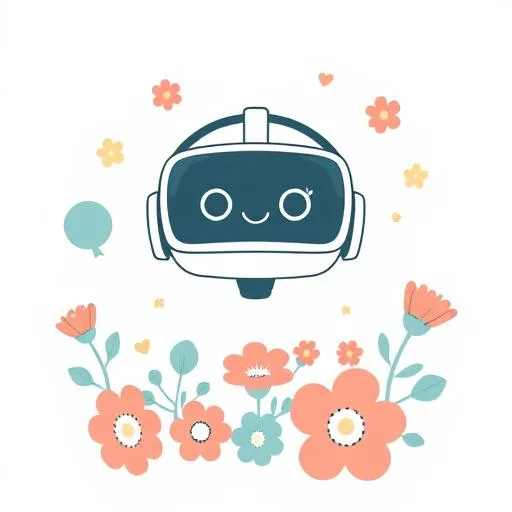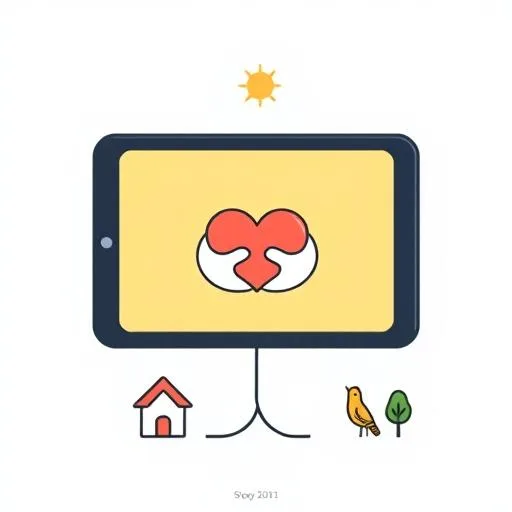
Picture this: you hand your seven-year-old a menu. Instead of pointing at pancakes, their eyes go distant like a paused cartoon. Sound familiar? That’s the ‘Gen Z stare’ creeping in early—but here’s the exciting twist: what if their gaming headset could turn this blank look into a confident grin?
The Stare Isn’t Laziness—It’s a Signpost for New Growing Pains

Let’s admit it: when my kid just… stares after ‘How was school today?’, my first thought was ‘Did the teacher serve mystery meat for lunch?’ But honestly? It’s bigger than that. Many teens’ defense of ‘the stare’ as ‘responding to stupid comments’ rings true—yet that ‘molehill’ of communication struggle is growing fast. So why does this happen? As the Forbes article reveals, reduced face-to-face practice makes even simple exchanges feel like navigating a maze blindfolded. Remember teaching toddlers to wave? Same deal. They need safe spaces to trip, stumble, and try again—without real-world pressure. That’s where something truly cool happens next.
VR: The Secret Sandbox Where Social Skills Blossom

Imagine a world where ordering coffee feels like playing ‘pretend’ with a robot friend—zero judgment, infinite patience. That’s the magic of AI-powered virtual humans! Researchers found these tools let kids practice conversations in a consequence-free zone, building comfort until real interactions feel natural. And it’s not sci-fi: over the past decade, VR’s become shockingly accessible for social-emotional learning. It’s like blending kimchi pancakes with maple syrup—unexpected but awesome! As studies confirm, affordable headsets now help kids confront anxieties (like speaking up in class) in immersive, safe environments—think ‘virtual training wheels’ for confidence. One dad told me, ‘After my daughter chatted with a VR baker, she asked for sprinkles on her real cupcake like a mini-celebrity!’ That’s the spark we’re after.
Your Superpower: Blending Pixels with Real-People Hugs

But hold up—VR’s not replacing playground laughter. The brilliance? It prepares for real connection. Drawing from inter-generational research, tech like emotional visualization turns abstract feelings into colorful avatars (ever seen a shy kid’s avatar blooming like a sunflower? *chef’s kiss!*). So here’s the sweet spot: pair VR practice with tangible moments. Try ‘ordering’ snacks from each other at home, then hit the park for a real smoothie. Watch how they’ll confidently ask for extra berries—smiles included! And bedtime? Still the sacred zone for whispered stories and sticky-fingered cuddles. Tech’s the bridge, not the destination. Keep it warm, keep it real.
Future-Proofing Joy: Raising Kids Who Connect in Any Reality

What excites me is this: these tools aren’t just ‘fixing stares.’ They’re quietly building resilience. Every awkward VR moment is muscle memory for handling real friction—like when friends disagree over Lego towers. And as AR glasses evolve, our kids will glide between digital and physical worlds like pros. Remember that ‘marathon phone catch-up’ Gen X misses? Younger generations might craft deeper bonds over shared VR adventures—think coordinating robot dances with cousins overseas! The Forbes piece nails it: ‘Pretty soon, the blank stare will morph into a warm smile.’ That’s the win. Not perfection—but small, joyful steps toward connection that actually sticks.
Source: Can Artificial Intelligence And Virtual Reality Cure The Gen Z Stare?, Forbes, 2025/09/08
